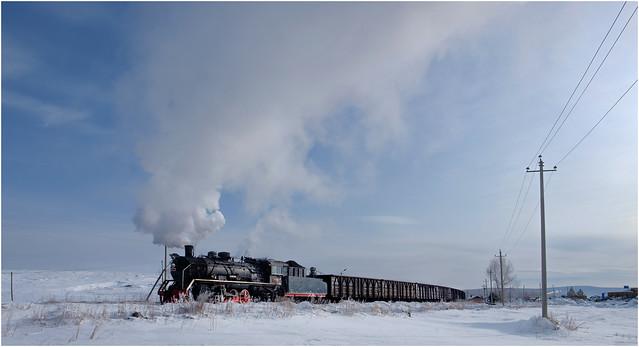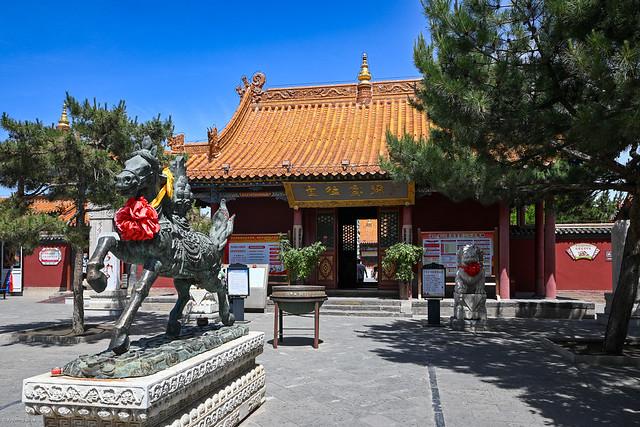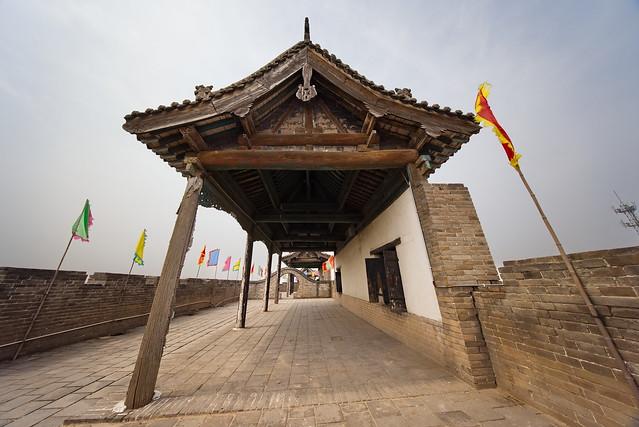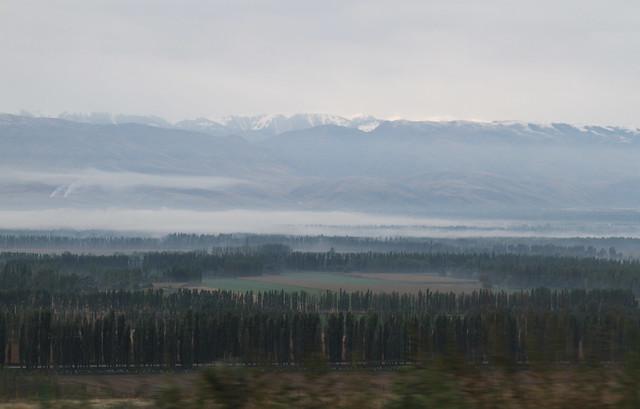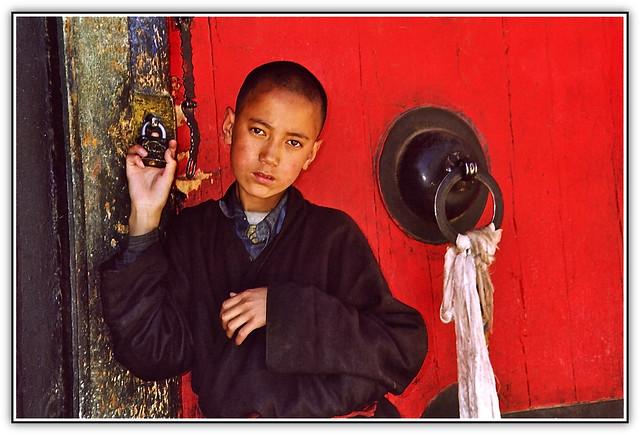Inner Mongolia
Overview
### Overview of Inner Mongolia, China
Inner Mongolia, an autonomous region in northern China, offers a unique blend of natural beauty and cultural richness that stands apart from other Chinese provinces. This vast area is known for its rolling grasslands, the Gobi Desert, and the influence of Mongolian culture, including the traditional yurts and the nomadic lifestyle of some of its inhabitants. Inner Mongolia is also home to a diverse range of wildlife, including the rare Przewalski's horse. Visitors can immerse themselves in the local culture by experiencing Mongolian music, dance, and the famous hospitality of the Mongolian people. The region’s distinct cuisine, which heavily features dairy products and meat, offers another layer of cultural exploration.
### Best Time to Visit and Activities
The best time to visit Inner Mongolia is during the summer months, from May to September, when the weather is most favorable. During this period, the temperatures are warm, making it ideal for exploring the vast grasslands and enjoying outdoor activities. The Naadam Festival, which usually takes place in mid-July, is a highlight of visiting Inner Mongolia. This traditional event includes exciting competitions like horse racing, archery, and wrestling. Tourists can also engage in horseback riding tours, hiking, and camping, especially in the beautiful Hulunbuir grasslands, which are known for their scenic beauty.
### Preparation for Travel
Travelers planning to visit Inner Mongolia should prepare appropriately to ensure a pleasant and safe trip. It is advisable to bring clothing that can be layered, as temperatures can vary widely between day and night. Sturdy footwear is essential for outdoor activities. Additionally, while major cities in the region such as Hohhot and Baotou offer amenities familiar to western tourists, rural and nomadic areas might lack certain conveniences, so packing essential items like a first aid kit, snacks, and bottled water is recommended. Learning a few phrases in Mandarin or Mongolian can also be incredibly helpful for communication. Lastly, visitors should be aware of and respect local customs and traditions to enhance their experience and interaction with local communities.
How It Becomes to This
History not available

You May Like
Explore other interesting states in China
Discover More Area
Delve into more destinations within this state and uncover hidden gems.


